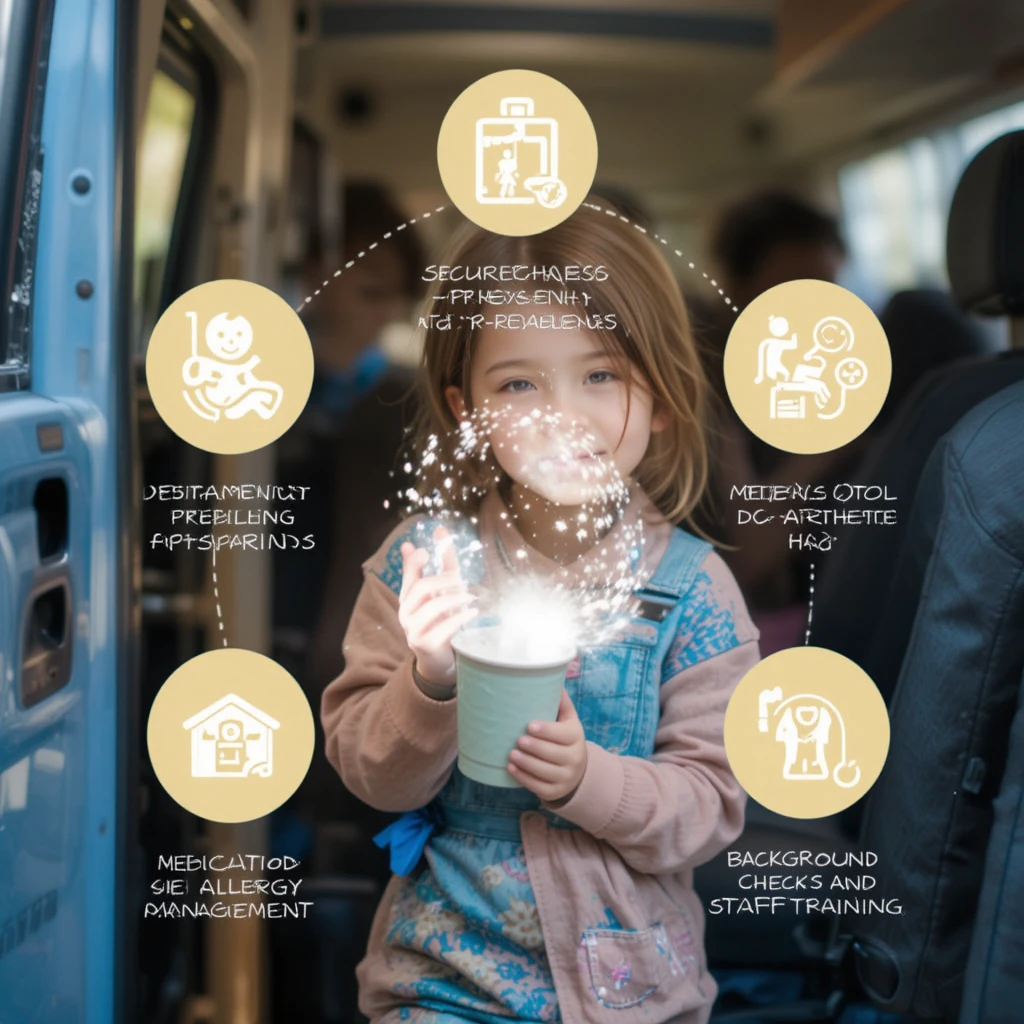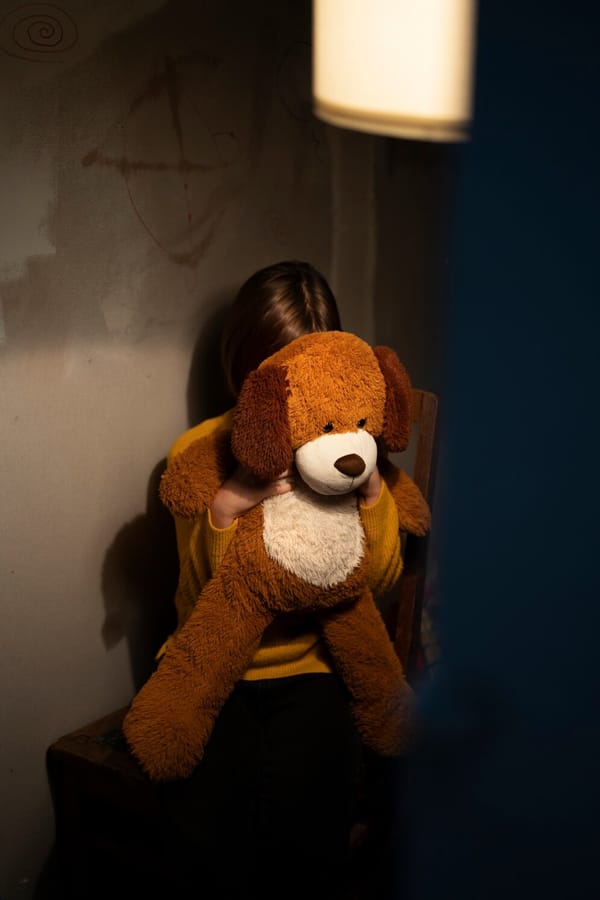Safety Protocols Every Daycare Should Have in Place

When it comes to entrusting your child’s well-being to a daycare, safety should be at the top of your list of priorities. Parents want to know that their children are in a secure and nurturing environment, where trained professionals are ready to respond to any situation. The peace of mind that comes with knowing your child is safe and cared for can make all the difference in your daycare experience.
Daycares are responsible for maintaining the safety and security of all children under their care, and there are specific protocols that every daycare should have in place. These protocols are not only necessary for the physical safety of children but also help ensure that daycare staff is well-prepared to handle any emergencies or unexpected situations that may arise.
Here are the essential safety protocols every daycare should implement:
1. Secure Facility Access
One of the first steps in daycare safety is controlling access to the facility. The daycare should have secure entry points, such as locked doors or a monitored buzzer system, to prevent unauthorized people from entering the building. Visitors should be required to sign in and out of the facility, and any individuals picking up children should be verified through photo ID.
Why it matters: Restricting access to authorized individuals ensures that children are not at risk of being taken or approached by strangers. It also protects the privacy and safety of children and staff.
Key actions:
- Install secure entry doors and locks.
- Monitor visitors closely and require identification.
- Ensure the staff is trained on access control procedures.
2. Child-to-Staff Ratio
A crucial aspect of daycare safety is maintaining an appropriate child-to-staff ratio. The smaller the group of children a caregiver is responsible for, the more effectively they can supervise, interact with, and ensure the safety of the children.
Why it matters: A lower child-to-staff ratio reduces the risk of accidents, allows caregivers to give more attention to each child, and ensures that each child’s needs are being met promptly.
Key actions:
- Ensure the daycare meets or exceeds local regulations for child-to-staff ratios.
- Maintain flexibility for varying group sizes depending on the ages and needs of the children.
3. Comprehensive Emergency Preparedness Plans
Accidents and emergencies can happen at any time, so having clear and well-practiced emergency preparedness plans is essential. Daycares should have written protocols for responding to medical emergencies, fires, natural disasters, and other critical incidents.
Why it matters: In an emergency situation, it’s crucial that staff knows exactly what to do and how to act quickly. Preparedness can save lives and minimize harm.
Key actions:
- Conduct regular emergency drills (fire, earthquake, lockdown).
- Ensure all staff are trained in first aid and CPR.
- Clearly display emergency exits, evacuation routes, and contact information.
- Have a plan for notifying parents and guardians in case of an emergency.
4. Health and Hygiene Protocols
Daycares should have stringent health and hygiene protocols in place to prevent the spread of illness and ensure the well-being of all children and staff. Regular cleaning, handwashing routines, and monitoring of sick children are essential aspects of maintaining a healthy environment.
Why it matters: Daycares are environments where germs can easily spread. Strict hygiene standards help prevent illness outbreaks and keep both children and staff healthy.
Key actions:
- Implement daily cleaning and disinfecting of surfaces, toys, and equipment.
- Ensure handwashing is part of the daily routine (before meals, after bathroom use, etc.).
- Have clear policies for excluding sick children from daycare to prevent contagion.
- Keep records of vaccinations and medical conditions for all children.
5. Safe Play Areas
Outdoor and indoor play areas should be inspected regularly to ensure they are free of hazards. This includes checking for sharp objects, unsafe playground equipment, and surfaces that could cause injury. Play areas should be appropriately fenced to prevent children from wandering off.
Why it matters: Children explore their surroundings, so ensuring that play areas are safe is crucial for preventing accidents and injuries.
Key actions:
- Regularly inspect all play equipment for wear and tear or safety hazards.
- Install soft surfaces under playground equipment to reduce injury risk.
- Ensure there are appropriate fences or barriers around outdoor areas to prevent children from leaving the premises.
6. Medication and Allergy Management
Properly managing medications and allergies is a key safety concern in any daycare setting. Daycares must have strict protocols in place for administering medication, as well as handling food allergies, asthma, and other medical needs.
Why it matters: Mismanagement of medications or allergies can result in life-threatening situations. It's essential for daycare providers to know how to respond to allergic reactions or medication administration errors.
Key actions:
- Keep up-to-date medication records for each child.
- Ensure that all staff are trained on how to recognize and treat allergic reactions (such as using an EpiPen).
- Create and enforce policies for safe food handling and allergy identification.
- Store medications securely and ensure that they are easily accessible in case of an emergency.
7. Background Checks and Staff Training
It’s essential for daycare providers to ensure that all staff members undergo thorough background checks to verify that they are fit to care for children. This includes criminal background checks and child abuse clearances. Additionally, ongoing staff training in child development, behavior management, and safety protocols is necessary.
Why it matters: The safety of children depends on having well-trained, trustworthy staff. Background checks and proper training help ensure that caregivers are equipped to handle any situation and are well-prepared for their roles.
Key actions:
- Conduct thorough background checks for all staff members before hiring.
- Provide regular training in CPR, first aid, and child safety.
- Offer ongoing professional development to keep staff updated on best practices.
8. Transportation Safety
For daycares that provide transportation to and from school or extracurricular activities, safety protocols for vehicles and transportation should be a priority. This includes ensuring that vehicles are well-maintained, and that proper car seats or booster seats are used for young children.
Why it matters: Ensuring that children are safely transported is an important aspect of daycare safety, as accidents can happen on the road.
Key actions:
- Ensure vehicles are regularly inspected and meet safety standards.
- Use age-appropriate car seats and ensure they are properly installed.
- Have a staff member assigned to monitor children during transport.
9. Parent Communication and Transparency
A daycare provider should have systems in place to keep parents informed about their child’s daily activities, progress, and any incidents or accidents that occur. This open communication helps parents feel involved and reassured about their child's safety.
Why it matters: Parents need to feel confident that they are being kept in the loop about their child’s well-being, which can reduce anxiety and build trust.
Key actions:
- Use apps or communication platforms to share updates about daily activities.
- Provide a clear process for parents to report concerns or ask questions.
- Ensure parents are notified immediately of any accidents or safety concerns.
Conclusion
Safety protocols are essential in ensuring that children are well-cared for, protected, and supported while at daycare. By implementing comprehensive safety measures—such as secure access, health and hygiene practices, emergency preparedness, and staff training—daycares can create an environment where both children and parents feel secure. Parents should feel confident that their daycare is adhering to these essential safety standards, knowing that their child is in good hands.




